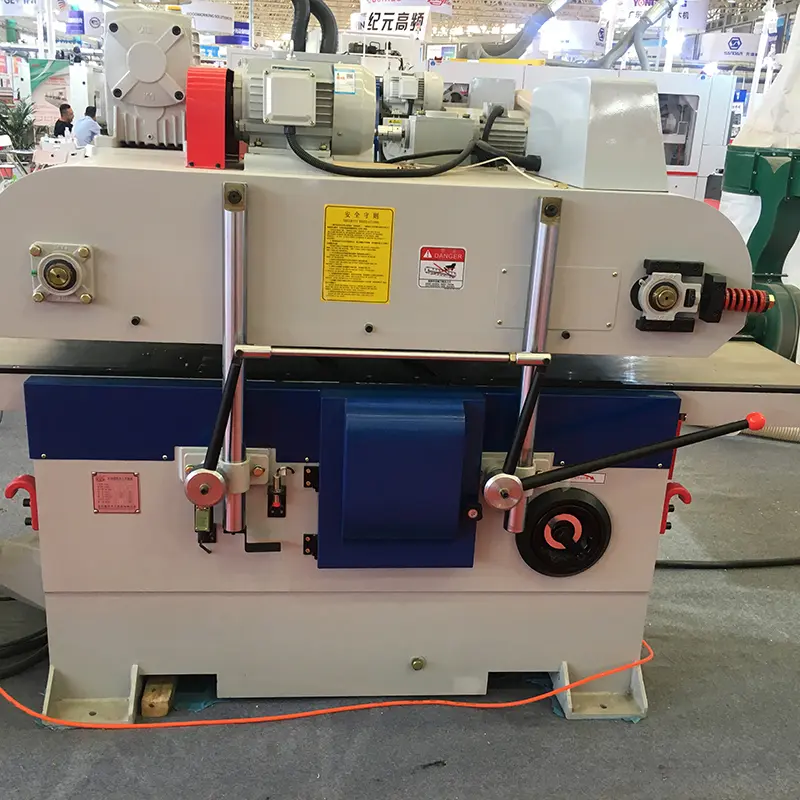A jointer is an essential tool in the woodworking arsenal for trimming and smoothing the surfaces and edges of boards, which is essential for achieving precise and professional results. However, the question of whether joiners need guards is a topic of ongoing debate in the woodworking community. In this blog, we’ll explore the importance of guards for joiners and why they are vital to ensuring safety and precision in woodworking.
First, it’s crucial to understand the purpose of a joint guard. Guards are designed to protect the user from potential hazards associated with operating the machine, such as flying wood chips, kickback and accidental contact with the cutting blade. In addition, guards prevent workpieces from being pulled into the cutterhead, thereby reducing the risk of serious injury.
When it comes to safety on joint operations, there is no room for compromise. The high-speed rotating cutterheads and sharp blades of splicing machines can pose significant risks if not properly protected. Therefore, the installation and proper use of guards on joints is essential to protect the operator and anyone working near the machine.
In addition to safety considerations, guards play a vital role in ensuring precision and accuracy in woodworking. Using guards helps maintain consistent depth and angle of cut and prevents the workpiece from moving or becoming misaligned during milling. This is especially important when working with delicate or irregularly shaped boards, as any deviation in the cutting path can lead to imperfect results.
In addition, guards on the connectors promote discipline in woodworking, encouraging operators to follow best practices and exercise caution during operations. By instilling a culture of safety and precision, guards help maintain the high standards of workmanship and professionalism in the woodworking industry.
Despite the obvious benefits of guards to jointers, some feel that their presence impedes visibility and accessibility when operating machinery. While this may be a legitimate concern, it’s worth noting that advances in protective design and technology have made significant strides in addressing these issues.
Modern joint guard systems are designed to provide optimal visibility of the cutting area, allowing the operator to closely monitor the milling process while maintaining a safe distance from the cutter head. Additionally, many guard systems are designed to be easily adjusted or removed, allowing operators to access the cutting blades for maintenance and blade replacement without compromising safety.
Furthermore, it is worth emphasizing that the use of guards should not be viewed as an inconvenience but as a necessary part of responsible and professional woodworking practice. By prioritizing safety and precision, woodworkers can create a supportive and sustainable working environment that minimizes the risk of accidents and ensures the production of high-quality wood products.
In summary, the debate over whether jointers need guards ultimately boils down to the basic principles of woodworking safety and precision. While some may view guards as a barrier to visibility and accessibility, their importance in protecting the operator and ensuring accurate milling cannot be underestimated.
The woodworking industry must continue to prioritize the safety and wellbeing of those working within it, and the use of protective gear on joiners is an important aspect of achieving this. By embracing the latest protective technology and promoting a culture of safety and precision, woodworkers can improve their craft and create a safer, more professional woodworking environment for everyone.
Post time: Feb-01-2024

